
The Art and Science of Breath: Unlocking Wellness Through Conscious Breathing
Respiration is indeed the cornerstone of life, the rhythmic dance that sustains all bodily functions. Without it, the intricate machinery of our body grinds to a halt. The air we breathe is not merely oxygen; it's the life force that fuels our energy production. Breath, in essence, is life.
Oxygen, the quintessential nutrient, takes center stage in this symphony of existence. Yet, it's disheartening that many breathe shallowly, utilizing only a fraction of their lung capacity. The untapped potential lies in the conscious act of breathing, a practice that intertwines health, awareness, and a profound connection between body and mind.
Swami Rama, in his enlightening book "Path of Fire and Light," encapsulates the holistic benefits of conscious breathing: "Control of the breath leads to health, an increase in strength and energy, good complexion, increased vitality, the growth of knowledge, and the extension of the life span." Small adjustments in our daily ritual of breathing, performed over 20,000 times a day, can usher in a cascade of positive effects.
The Breathing Landscape: A Self-Check
To understand your breathing pattern, place one hand on your chest and the other on your abdomen. Inhale deeply several times and observe which hand moves the most. Most people, inadvertently, use chest muscles for breathing, forgetting the natural diaphragmatic breath they were born with.
Infants and small children naturally engage their diaphragms for breathing. Unfortunately, many of us transition to chest breathing as we grow, a less efficient method that can lead to tension and anxiety. The reciprocal relationship between breath and mind makes chest breathing synonymous with the fight or flight response.
Moreover, chest breathing can influence body image perceptions. Diaphragmatic breathing, which naturally expands the abdomen, might not align with societal expectations. Tensions build, limiting diaphragmatic mobility and fostering reliance on chest breathing. This can result in chronic muscle tension in the chest and abdomen.
Efficiency in Breathing: Diaphragmatic vs. Chest
Efficient breathing is not just about oxygen exchange; it's a dance that the heart and lungs choreograph. Diaphragmatic breathing, especially in the upright position, is remarkably efficient. It aids in thorough blood/gas mixing, reducing the workload on the cardiovascular system.
Research suggests that diaphragmatic breathing, by increasing suction pressure in the thoracic cavity, enhances venous return of blood, reducing the load on the heart and improving circulatory function. Conditions like high blood pressure of unknown origin respond favorably to a daily regimen of diaphragmatic breathing.
Conscious Breath: A Gateway to Self-Awareness
Turning your breath into a conscious habit awakens a heightened awareness of your body's signals. It fosters better feedback loops for understanding dietary needs, the benefits of physical activity, and an increased awareness of emotional states and inner self-talk.
Why Breathwork Matters:
Stress Reduction: In a world characterized by constant stressors, breathwork provides a natural and accessible way to activate the body's relaxation response, mitigating the harmful effects of chronic stress.
Improved Mental Clarity: Conscious breathing techniques can enhance focus, concentration, and cognitive function. This makes breathwork a valuable practice for those seeking mental clarity and heightened awareness.
Emotional Regulation: The breath serves as a bridge between the body and the mind. By mindfully regulating your breath, you can influence emotional states, promoting calmness, and reducing feelings of anxiety or agitation.
Enhanced Physical Performance: Athletes and fitness enthusiasts incorporate breathwork to optimize performance, increase endurance, and promote efficient recovery.
Immune System Support: Deep, diaphragmatic breathing has been linked to improvements in immune function, bolstering the body's ability to ward off illness.
Here are exercises to bring awareness to your breath and body:
Diaphragmatic Breathing (Deep Belly Breaths):
- Find a comfortable seated position.
- Inhale deeply through your nose, allowing your abdomen to expand.
- Exhale fully through your mouth, contracting your abdominal muscles.
- Repeat for several cycles.
Box Breathing (Square Breathing):
- Inhale for a count of four.
- Hold the breath for a count of four.
- Exhale for a count of four.
- Pause for a count of four.
- Repeat for several rounds.
Alternate Nostril Breathing (Nadi Shodhana):
- Sit comfortably with your spine straight.
- Use your right thumb to close your right nostril.
- Inhale through your left nostril.
- Close your left nostril with your right ring finger.
- Exhale through your right nostril.
- Inhale through your right nostril.
- Close your right nostril.
- Exhale through your left nostril.
- Repeat for several cycles.
Mindful Breathing:
- Find a quiet space to sit or lie down.
- Focus your attention on the sensation of your breath.
- Observe the natural rhythm of your breath without attempting to control it.
- If your mind wanders, gently bring your focus back to your breath.
Intestinals:
- Lie on your back, placing hands on your abdomen.
- Inhale slowly through your nose, expanding the belly.
- Exhale through your mouth, pulling the navel in and up.
- Feel your inner organs getting a massage, promoting peristalsis and oxygen exchange.
As you become comfortable with these exercises, aim for 200 conscious breaths a day, gradually increasing to 500 or even 1,000. The more you integrate conscious breathing into your daily routine, the more it becomes an unconscious, natural act.
This is a simple breath exercise with an essential oil which Dr. Joleene Anderson shares with us from our FREE TRANSCEND & TRANSFORM 28 Days to Renew, Revitalize, and Realign Journey
In conclusion, the breath is a silent orchestrator of well-being. It guides us to a space where physical, mental, and emotional harmony converge. So, step into the world of conscious breath, explore its various forms, and let the rhythmic cadence of your breath guide you to a state of profound well-being.
Suggested Reading:
- "Conscious Breathing" by Gay Hendricks, Ph.D.
- "Science of Breath" by Swami Rama, Rudolph Ballentine, M.D., and Alan Hymes, M.D.
Love what you read here? Get my weekly tips



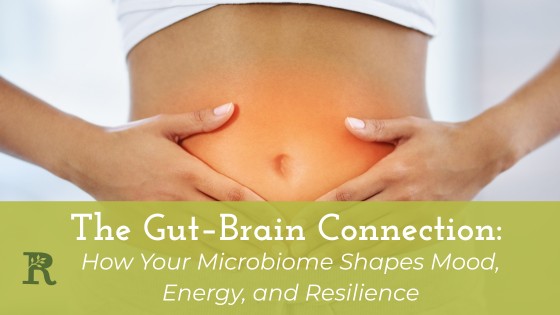
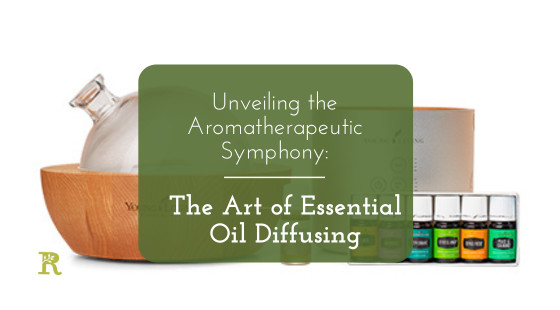
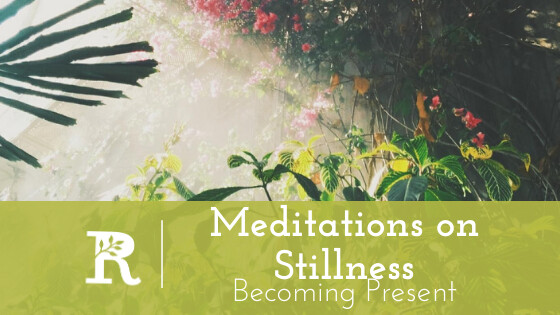
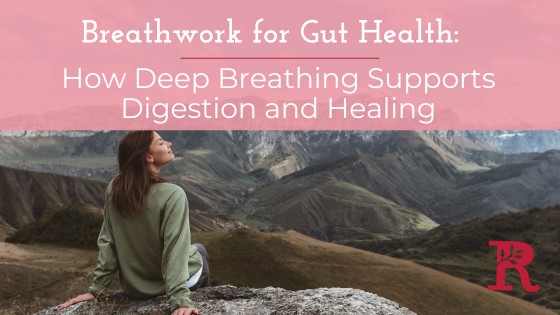

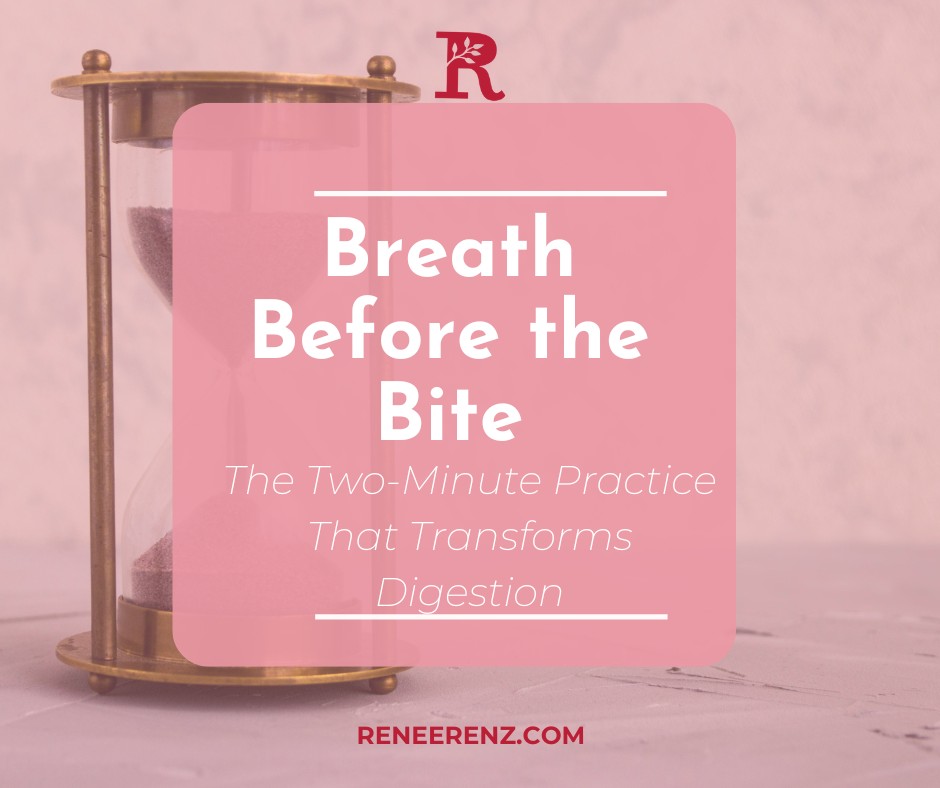




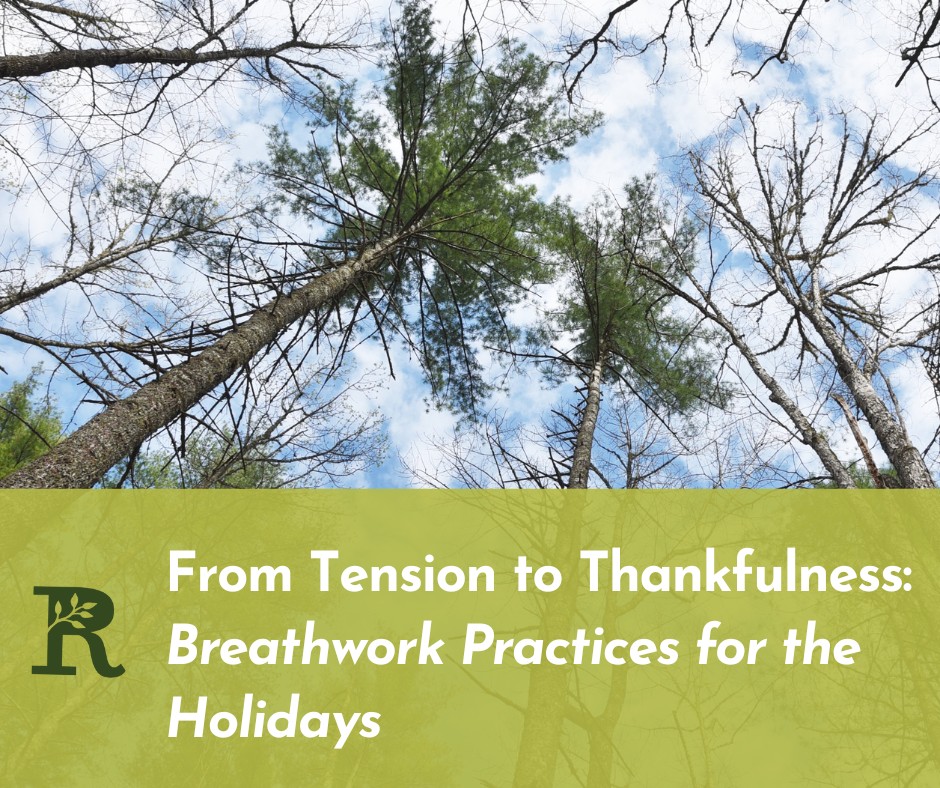
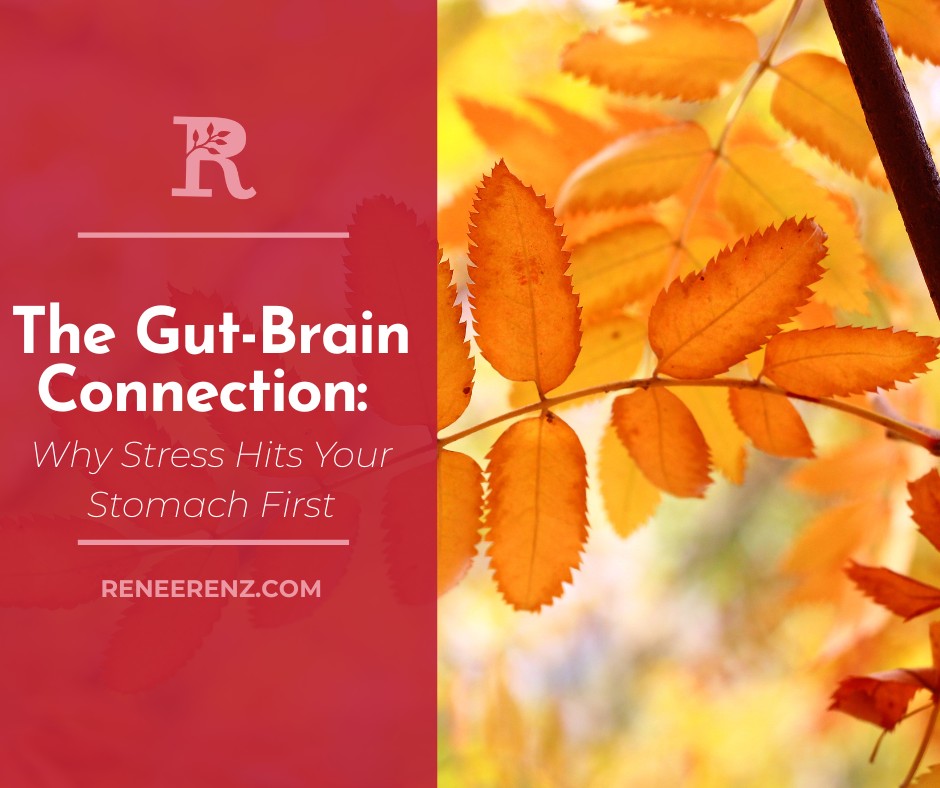







0 Comments